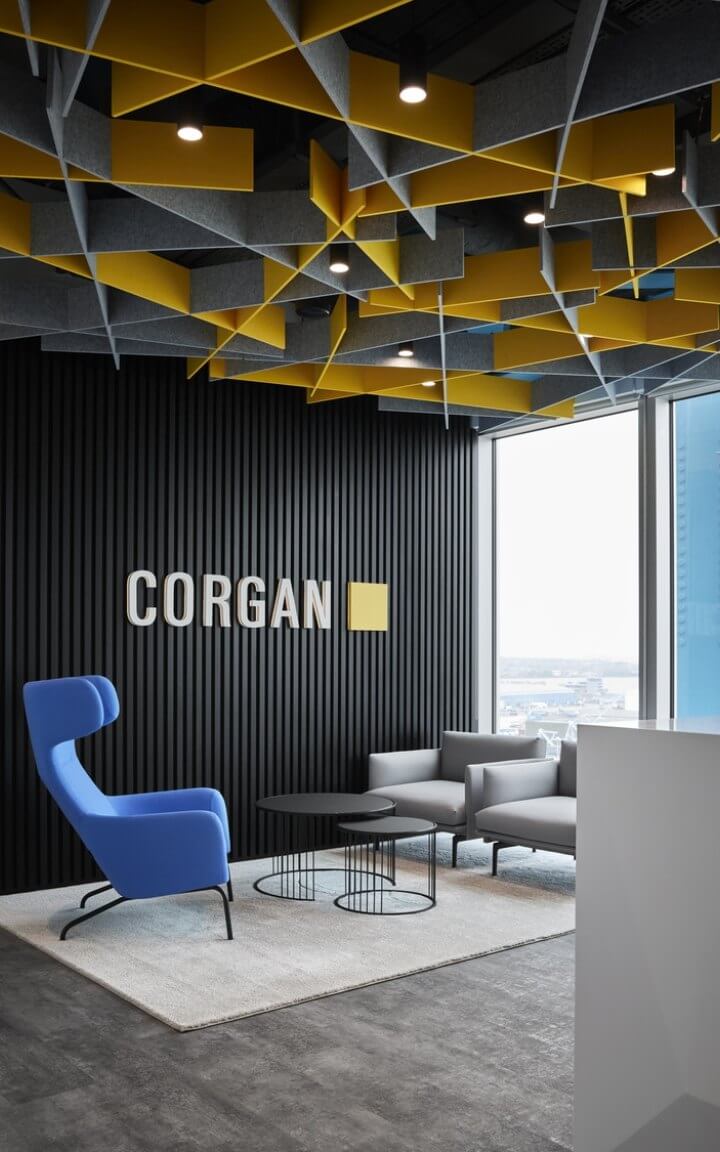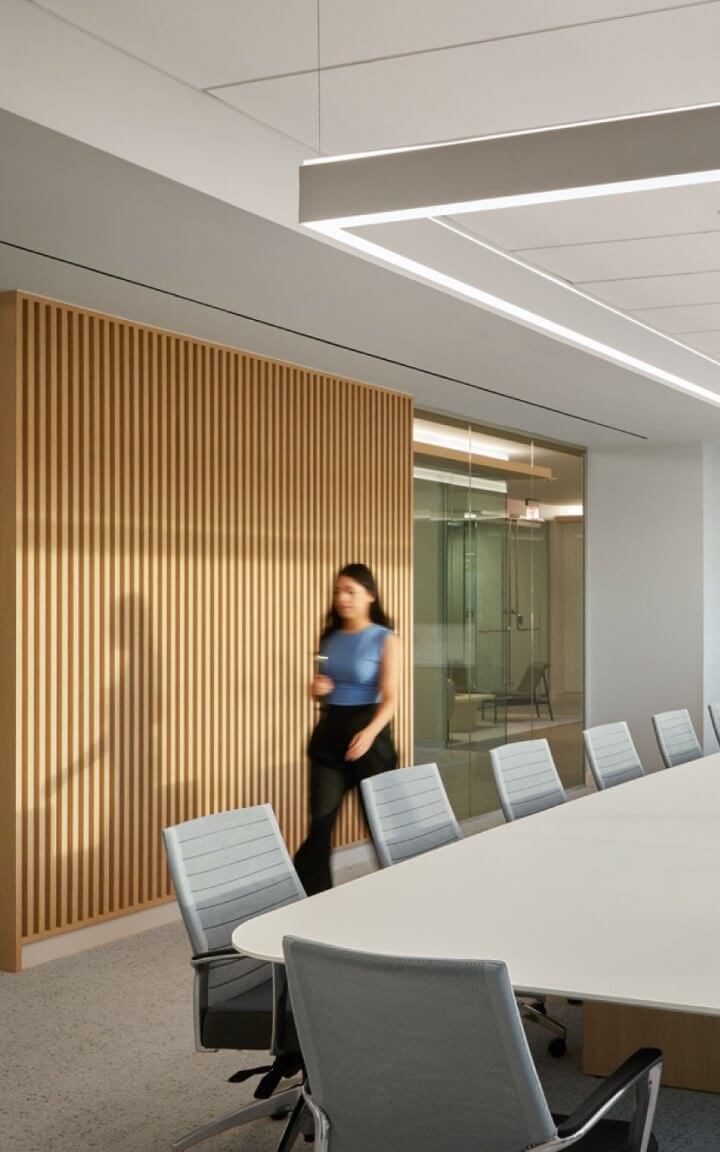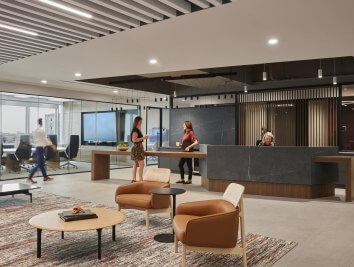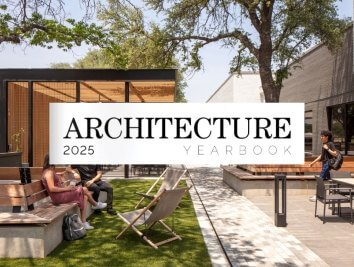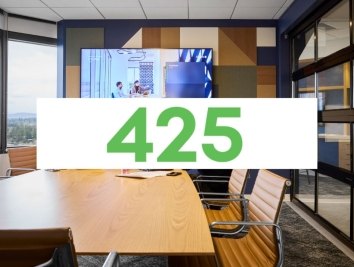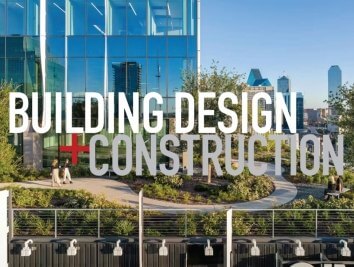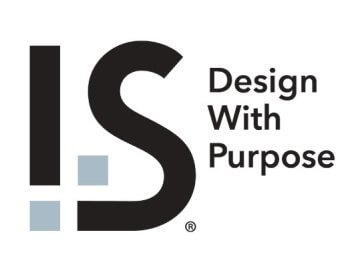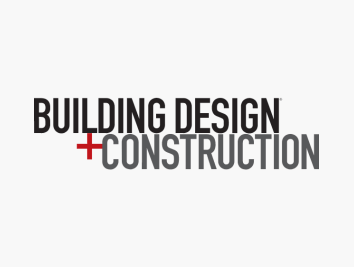Health and Safety in a Post-Pandemic Workplace

Trinity Industries achieves WELL Health and Safety Rating—the first in Texas.
The office is so much more than a desk, conference room, or even a shiny pantry stocked with local snacks and premium coffees. A year of remote work has brought renewed appreciation for the workplace—its sense of community, ease of organic collaboration and ideation, the mix of spaces that ergonomically support the various physical and mental needs for a spectrum of tasks. The office is a cornerstone of our daily lives and a core part of the rhythm of how we live and work.
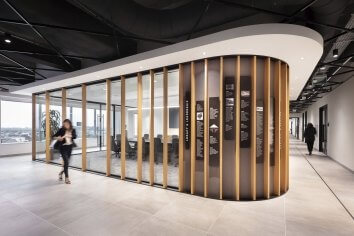
Perhaps that’s why even in the thick of quarantine and working from home leadership from Trinity Industries invested in the enduring value of the office—looking ahead to reinvigorating an engaged workforce with the power of safe, healthy, and human-centric design. With a client and design teams including interiors, furniture strategy, branding, and workplace strategy working remotely through the majority of the project timeline, the empathetic design responds to the post-pandemic pain points, shifting demands, and renewed expectations.
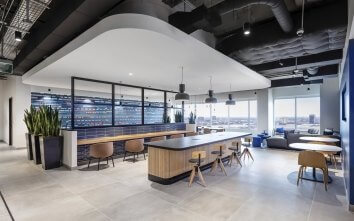
With heightened standards of health and safety coupled with the need to earn the trust and confidence of Trinity Industries’ staff and customers, the project was the first to achieve the WELL Health and Safety Rating in Texas. The evidence-based system of strategies combines thoughtful design with policy changes that not only measurably improve and promote human health and wellbeing but also encourage cleanliness, communicate safety efforts, prepare for emergencies, and enhance air and water quality in a post-COVID workplace.

A sustainable workplace culture requires a design that successfully reflects the spirit and values of the people that occupy it. With competitive policies and benefit offerings, the project design also went above and beyond the minimum requirements of the WELL Health and Safety Rating. From improved cleaning products and more rigorous protocols to add signage and handwashing stations strategically and prominently situated at high-traffic locations such as elevators and stairs, staff and visitors are intuitively empowered to make healthier decisions for themselves and their colleagues.
Meanwhile improved system inventory provides better access and maintenance to air and water treatment systems for ambient wellness. While an updated emergency response plan prepares for seamless response due to closures or possible exposures, Trinity won innovation points for the future installation of Healthbot stations as part of their commitment to corporate wellness. Where temperature screening responds to the direct and immediate need to mitigate the spread of COVID-19, the Healthbot provides secure data transfers of blood pressure, heart rate, weight, and BMI metrics to inspire staff to make better decisions throughout the day and in and out of the office.

In the evolution of healthier workplaces, the WELL Health Safety Rating and Trinity Industries provides an example of the future more human-centric spaces that consider not only how we work but what it feels like to be at work. While recent years have celebrated central stairwells and sit-to-stand desks, the post-pandemic workplace continues to challenge how we approach workplace and corporate wellness.
TheSquare Episode 12 · The Meaning of “Anti”
Before you reach for your disinfectant spray, you may want to brush up on your "anti-" vocabulary. In the midst of a global pandemic, antimicrobial, antibacterial, and antiviral materials and supplies are trending and attractive as we look to keep ourselves safe, minimize the spread of infectious diseases, and create healthy spaces that help to reestablish trust in public spaces. While powerful tools, effective use of these materials requires that we understand their claims as well as when and how to best use them. In this week’s episode of TheSquare, interior designers in Corgan’s healthcare practice, Stacey Brimmer and Carina Clark, discuss the different kinds of “anti-“ materials available, their pros and cons, and best practices in interior design. Combining science and design, they study the intended uses and challenges of “anti-“ materials including topical or heavy metal solutions and mechanical and biomimicry options to provide both caution and creativity for their use in the built environment. From the challenges of biofilm and layers of bacteria to the difference between cleaning and disinfecting, Stacey and Carina adapt what they’ve developed from years of minimizing infection control in hospitals and healthcare settings to designing safer, healthier spaces in post-COVID-19 world.
